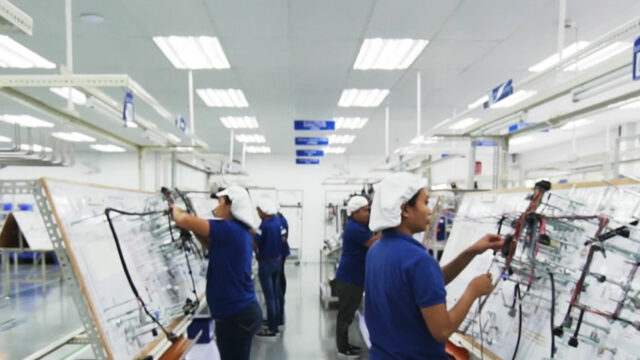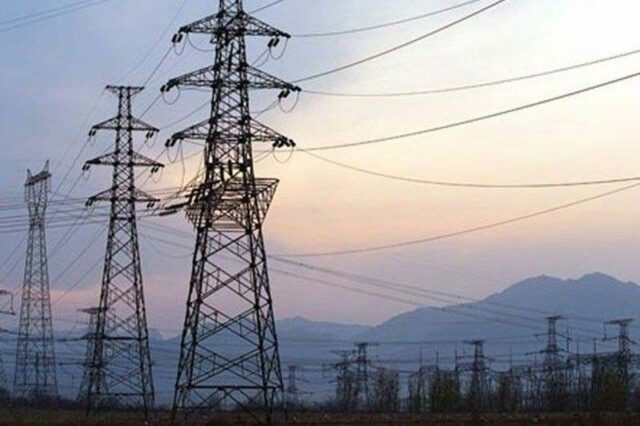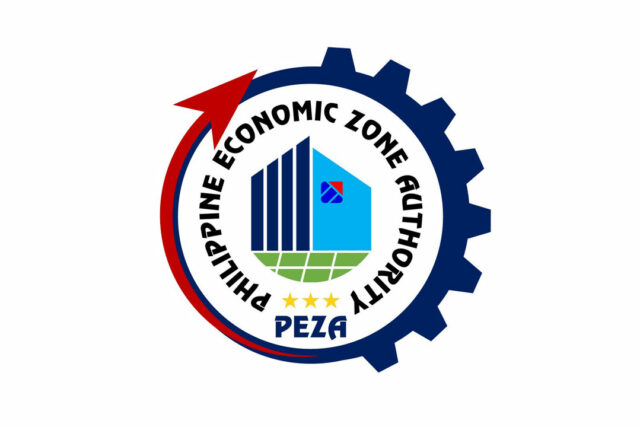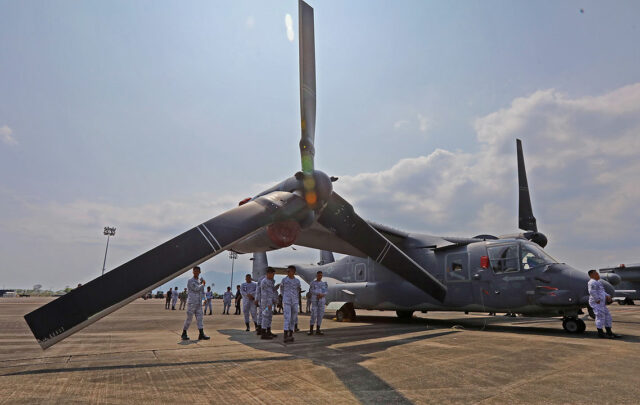IN BRIEF:
• Upskilling is one clear priority toward upgrading legacy systems, but 94% of CROs say they need new skills and resources to meet the changing needs of the risk management function.
• Third-party technology in digital transformation efforts can be revolutionary for customers and for internal ways of working, but it can increase a bank’s risk profile.
• Proactive monitoring is key to addressing cybersecurity issues, which remain the top near-term risk for banks around the world.
Political and economic issues are not the sole contributors to the growing complexity of the global financial services landscape. Digital assets and the digitalization of finance, including digital payments and artificial intelligence (AI), are also greatly impacting regulatory standards for effective supervision.
In the Philippines, the digital transformations of the banking and financial services sectors are rapidly accelerating, driven by efforts to integrate more Filipinos into the formal banking system. Data from the Bangko Sentral ng Pilipinas (BSP) shows that approximately 22 million Filipinos acquired access to formal financial accounts between 2019 and 2021. This development indicates an increase in banked Filipino adults to around 56% in 2021, up from 29% in 2019.
This development was driven by the faster growth in digital payments, particularly in merchant payments, peer-to-peer remittances, and business transactions of salaries and wages. BSP aims to digitalize 50% of retail payments and to onboard at least 70% of adult Filipinos into the formal financial system.
Last week, we discussed trends covered in the 2024 EY Global Financial Services Regulatory Outlook Report, which highlights areas of longstanding regulatory interest. This article will focus on four critical areas that financial services firms need to prioritize in the age of digitalization and AI.
UPGRADING LEGACY SYSTEMS THROUGH UPSKILLING
The financial services industry is increasingly focused on modernizing outdated systems and embracing an agile approach across all business functions. Therefore, firms must remodel their operating structures to enhance agility and efficiency.
A key focus is upskilling, particularly for Chief Risk Officers (CROs), who must understand the risks associated with cloud computing and predictive analytics. Moreover, they need to grasp the implications of emerging technologies, such as machine learning, and adapt to new processes and methodologies, such as the agile approach.
Some firms are still struggling to update legacy systems, however, leading to greater regulatory scrutiny. The 12th EY and Institute of International Finance (IIF) Global Risk Management Survey found that 94% of CROs say they need new skills and resources to meet the changing needs of the risk management function, with data science and cyber expertise topping the list.
ENHANCING DIGITAL TRANSFORMATION RESILIENCE
According to the 11th Annual EY/IIF Global Bank Risk Management Survey, CROs expect their senior management team to focus on implementing process automation (88%), modernizing core IT functions (66%), using analytics to improve customer insights (64%), cloud migration and adoption (63%), and customer self-service capabilities (63%) over the next few years.
However, if not integrated effectively, such changes can introduce unwanted risks. Introducing a third-party technology, a common requirement of digital transformations, can be revolutionary for customers and for internal ways of working, but it can increase a bank’s risk profile.
Also, per EY’s 2024 Global Financial Services Regulatory Outlook, regulators will continue raising the standard of digital resilience and tackle increased operational reliance on IT systems, third-party service providers, and innovative technologies, which increases complexity and interconnections within the financial system and is driven by digital transformation.
PROACTIVE MONITORING TO ADDRESS CYBERSECURITY RISKS
Amidst unprecedented levels of volatility and global uncertainty, cybersecurity has remained top of the list of near-term risks for banks around the world.
The 13th EY/IIF Bank Risk Management Survey showed that in the short term, nearly three out of four CROs identified cybersecurity risk as their top concern over the next 12 months (73%) and two-thirds (66%) of respondents naming liquidity risk as the top financial risk for the next year.
The report, which was based on data from 86 banks across 37 countries, explored the dynamic nature of risk management in banking. For example, CROs must be vigilant regarding the rise in fraud and other financial crimes caused by economic stress. Given the constantly evolving cyber threats, socioeconomic disruptions, and third-party risks, organizations must be proactive and agile.
ESTABLISHING CROSS-FUNCTIONAL TEAMS AND AN AI GOVERNANCE FRAMEWORK
AI regulation has advanced in the past years but still lacks overall clarity. International bodies such as the Organization for Economic Cooperation and Development and the United Nations are developing guidelines to support coordinated approaches for responsible AI use.
Various governments are pushing ahead with new legislation. For example, China included a draft AI law in its 2023 legislative work plan, but the process timeline is unclear. Canada also seeks to establish legislation through an AI and Data Act. However, some countries are cautious about government intervention, which might stifle innovation. The US, Japan, South Korea, and Singapore are focusing on voluntary guidelines. Recently, EU institutions have reached an agreement on an AI Act, a comprehensive legal framework regulating AI and a landmark in global AI regulation.
On a micro level, AI adoption will continue to advance in the banking industry, from both a business and risk management perspective. Utilizing advanced technologies will be critical to realizing positive outcomes from digital transformations; therefore, organizations must establish technology- and AI-enabled risk management teams as well as a robust AI governance framework.
FUTURE-PROOFING IN THE DIGITAL AGE
Amidst financial pressures, new competition, regulatory scrutiny, and shifting consumer behavior, banks are under pressure to embrace new technologies and pivot towards digitalization.
While financial regulators are considering the need for new rules to complement their existing authority, financial services firms should focus their attention on building resilience through senior management accountability, developing and implementing an enhanced operational resilience framework, and addressing operational disruptions.
Finally, they should create cross-functional teams for AI projects to manage risk and compliance effectively. Establishing a comprehensive governance framework for adopting digital or new technologies can help organizations realize benefits and minimize risk, strengthening their positions in the digital era.
This article is for general information only and is not a substitute for professional advice where the facts and circumstances warrant. The views and opinions expressed above are those of the authors and do not necessarily represent the views of SGV & Co.
Christian G. Lauron is the Financial Services Organization (FSO) leader and Janeth T. Nuñez-Javier is the sector representative for Banking and Capital Markets (BCM) of SGV & Co.












